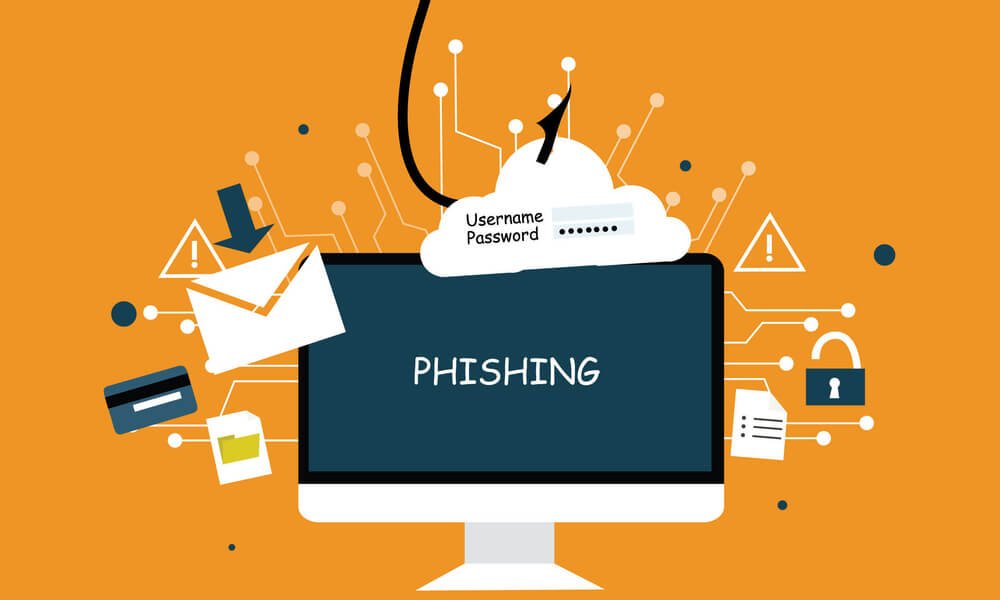In today’s interconnected world, the rise of digital communication and online transactions has brought convenience and efficiency to our fingertips. However, it has also opened doors for a growing threat known as phishing attacks. As cybercriminals become increasingly sophisticated, it’s essential to stay informed and protected. In this blog, we’ll delve into the world of phishing attacks, understand their techniques, explore real-life examples, and most importantly, equip you with practical tips to safeguard your digital identity.
Section 1: Understanding Phishing Attacks
- Definition and Basics: Unveiling the concept of phishing attacks and how they exploit human psychology and technological vulnerabilities.
- Social Engineering Techniques: Exploring the tactics employed by cybercriminals to deceive victims and gain access to sensitive information.
- Anatomy of a Phishing Attack: Dissecting the different elements and stages involved in a typical phishing campaign.
Section 2: Types of Phishing Attacks
- Email Phishing: Examining the most common form of phishing, where attackers impersonate trusted entities and lure victims into revealing personal information or clicking malicious links.
- Spear Phishing: Uncovering the targeted nature of spear phishing attacks, where cybercriminals personalize their messages to trick specific individuals or organizations.
- Smishing and Vishing: Shedding light on phishing attacks through SMS (text messages) and voice calls, highlighting their prevalence and potential risks.
- Pharming: Explaining how cybercriminals manipulate DNS systems to redirect victims to fraudulent websites and steal their sensitive data.
Section 3: Real-Life Examples and Impacts
- Notorious Phishing Attacks: Analyzing high-profile phishing attacks that made headlines and caused significant financial and reputational damage.
- Industry-Specific Phishing: Examining how phishing attacks target various sectors such as banking, e-commerce, healthcare, and government organizations.
- Personal Impact: Illustrating the devastating consequences of falling victim to a phishing attack, including identity theft, financial loss, and reputational damage.
Section 4: Defending Against Phishing Attacks
- Strengthening Email Security: Sharing practical tips for recognizing and avoiding suspicious emails, including checking sender details, scrutinizing URLs, and avoiding clicking on suspicious attachments or links.
- Implementing Multi-Factor Authentication: Emphasizing the importance of using an additional layer of security to protect online accounts.
- Cybersecurity Education and Awareness: Encouraging individuals and organizations to invest in cybersecurity training to enhance their knowledge and stay updated on the latest phishing techniques.
- Anti-Phishing Tools and Technologies: Highlighting the availability of security solutions, such as anti-phishing software and browser extensions, that can help detect and prevent phishing attacks.
Conclusion: As phishing attacks continue to evolve, it’s crucial to remain vigilant and proactive in safeguarding our digital identities. By understanding the techniques employed by cybercriminals, recognizing the signs of a phishing attack, and adopting robust security measures, we can significantly reduce the risk of falling victim to these malicious schemes. Together, let’s take a stand against phishing attacks and protect ourselves and our digital ecosystem.
Remember, knowledge is power, and staying informed is the first step towards a safer online experience.
Note: While the above content is designed to provide general information on the topic, it is always advisable to consult with cybersecurity professionals or experts for tailored advice and guidance specific to your unique situation.

